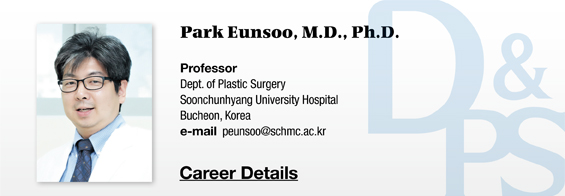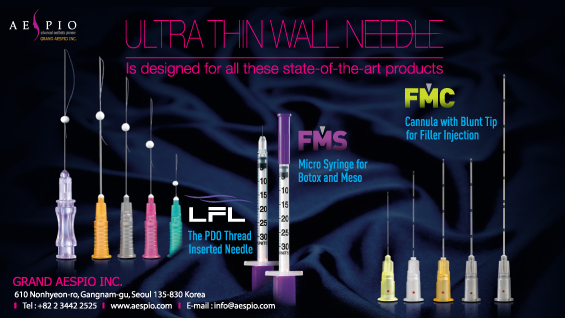▶ Previous Artlcle : #9-2. Preparation of Platelet-Rich Plasma
As discussed in the previous article on the preparation of platelet rich plasma (PRP), PRP is obtained by two steps of centrifugation – separation and concentration. Centrifuged blood is primarily divided into three layers, which are the top plasma layer, the bottom red blood cell (RBC) layer, and a thin, white layer in the middle consisting of platelets and white blood cells (WBCs). The middle layer is also called a buffy coat. The upper part of this layer consists of platelets and the lower part of WBCs. The lower part appears slightly red because a small amount of RBCs are mixed in it. The top layer plasma contains a little bit of platelets (<10×103/μL) and is called platelet poor plasma (PPP).
[Advertisement] ULTRA THIN WALL NEEDLE – Manufacturer: AESPIO(www.aespio.com)
Besides the small amount of platelets, fibrinogen is also contained in PPP. The autologous fibrin glue is produced by adding the calcium thrombin solution.
Fibrin is known to play an important role in wound healing process. Upon tissue damage, fibrinogen is converted into fibrin by thrombin and calcium to induce coagulation. Hematoma adheres to the damaged tissue, preventing inflammation and fluid loss and producing substances required for cell growth. Fibrin also induces chemotaxis of polymorphonuclear leukocytes.
Since 1970s, the mixed solution of fibrinogen, coagulation factor XIII, thrombin and calcium chloride has been successfully used for repairing severed nerve in animal studies. This made fibrin glue popular in Europe, resulting in the release of Tisseel (fibrin glue). Since extracted from stored human blood, it has the risk of spreading viral hepatitis or acquired immune deficiency syndrome (AIDS). On the other hand, the autologous fibrin glue using PPP is completely free from these risks and the price is lower as well.
Clinical Application of PPP
Man et al. used both PPP (fibrin glue) and PRP (platelet gel) for plastic surgeries that require flap lifting, such as face lift, breast reduction and abdominoplasty. The study reported that fibrin glue could reduce hemorrhage, edema and pain, while PRP could accelerate wound healing and reduce the recovery time.
PPP is also made into the form of gel by heating for the use as an injectable autologous blood filler. Some clinics advertise that this autologous filler is a natural filler that can be used for volume enhancement as well as for whitening and skin improvement. However, such effects are not clearly supported by clinical studies and the effects last for only about 3 months, which is shorter than that of hyaluronic acid (HA).
There have been recent animal studies and case reports reporting the use of platelet rich fibrin (PRF) and platelet rich fibrin matrix (PRFM) in PRP gel type for wound regeneration, hard tissue (e.g., bone) regeneration and as a filler. Let’s discuss the clinical application of PRFM. Although the preparation methods are different among individual investigators, PRP is generally prepared into gel by heating for 10 minutes at 91℃ and then cooling it down for 5 minutes at 4℃, and the gel is used as a filler for soft tissue augmentation or for bone replacement, bone graft and chronic ulcer.
-To be continued-
▶ Next Artlcle : #10-2. Platelet Rich Fibrin and Platelet Poor Plasma





















